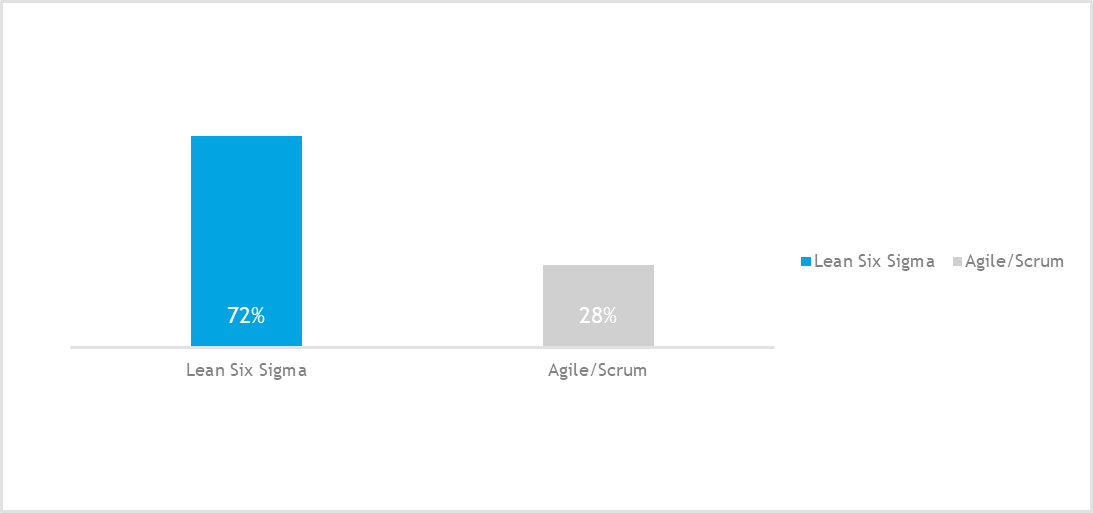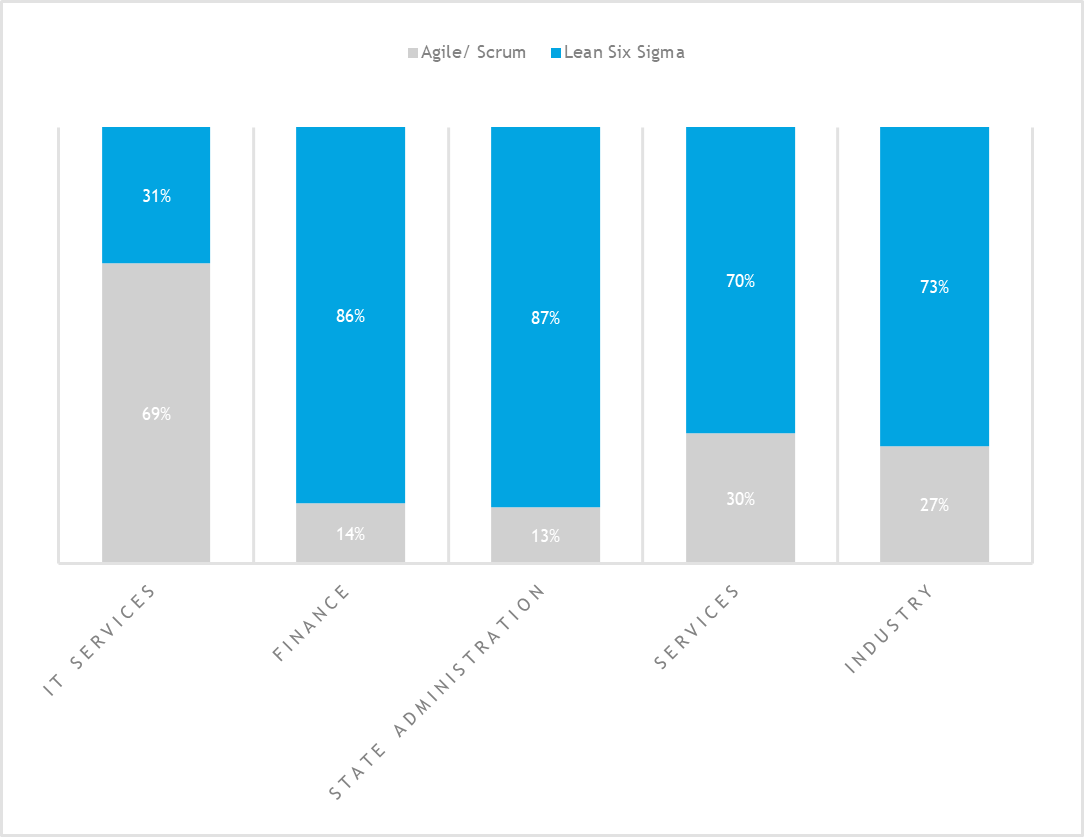Lean Six Sigma has long been recognised as a highly effective methodology for process improvement and operational excellence in a variety of industries. It combines the principles of lean manufacturing and Six Sigma quality management and has helped countless organisations achieve significant cost savings, reduced defects and increased customer satisfaction. However, with the increasing demands for agility and rapid innovation in today's dynamic business environment, some experts argue that the classic Lean Six Sigma approach may be losing its relevance.
Lean Six Sigma development
Lean Six Sigma originated in the 1980s by combining the principles of lean manufacturing pioneered by Toyota and the data-driven Six Sigma statistical methodologies developed by Motorola. Its systematic DMAIC (Define, Measure, Analyse, Improve, Control) approach has been a proven framework for process improvement. In recent years, however, organisations have begun to face new challenges that require faster responses, greater adaptability, and a more iterative approach to improvement.
The need for agility
In today's rapidly changing business environment, the ability to respond flexibly to changing customer demands and market dynamics is critical. Traditional Lean Six Sigma projects can often be time-consuming, involving extensive data collection, analysis and long improvement cycles. This approach can prevent organisations from quickly addressing emerging issues or seizing opportunities, especially in highly competitive industries. As a result, companies are looking for more agile methodologies that can deliver rapid improvements while maintaining quality.
Agile alternatives
Agile methodologies, which have emerged in the context of software development, have gained popularity outside their original domain. Approaches such as Scrum, Kanban, Express Lean or Lean Startup offer flexibility, adaptive planning and iteration cycles that allow organisations to respond quickly to changing requirements. These methodologies encourage collaboration, rapid decision-making and incremental improvement, which fits well with the needs of modern businesses.
What the survey says about the use of methodologies
To explore the topic of project management methodologies, we conducted a quick survey on the project management practices of organisations. A total of 133 companies operating in the country from various industries were selected for the survey and their approach to using process improvement methodologies.
The results show that the ratio of methodologies in use in these companies is 2/3 Lean Six Sigma and 1/3 Agile/Scrum:

Of these, the share of use of the methodologies in each sector:

The results of this survey could serve as a starting point for further discussion and analysis that could demonstrate how the use of these methodologies can be optimised in practice. While the classic Lean Six Sigma approach still has value in many cases, its rigid structure and lengthy improvement cycles may not meet the demands of today's rapidly changing business environment.
Combination of Lean Six Sigma and agile: Express Lean Six Sigma
Express Lean Six Sigma supports the use of DMAIC tools to identify and eliminate waste while applying agile principles to manage projects in shorter iterations. It emphasises customer-centricity, collaboration and the use of real-time data to drive decision-making. By adopting this hybrid approach, organisations can achieve the best of both worlds: the analytical rigour and data-driven decision-making of Lean Six Sigma combined with the agile and rapid improvement cycles of agile methodologies.
In practice, the hybrid DMAIC approach follows these principles:
- Define: Establishing a clear project goal and identifying customer requirements
In an agile environment, this phase starts with a quick team meeting and the creation of a backlog of goals and requirements. Use User Stories or Product Backlog Items (PBIs) to identify requirements.
- Measure: Data collection, analysis of the current state of the process
Get data quickly, for example through automated tests or by collecting customer feedback. Use tools to track KPIs.
- Analyse: Identifying the causes of problems or waste
Use brainstorming and retrospectives for analysis. Conduct regular retrospectives to identify problems and causes in real time.
- Improve: Designing and implementing changes
The team should jointly propose and prioritise changes. Use agile planning and methodologies like Kanban to schedule tasks. Change planning and implementation can be done in an iterative or incremental approach.
- Control: Maintaining the improvement achieved
Maintain control of the process through regular monitoring and feedback. Regular retrospectives should be part of the control.
Conclusion
Organisations are increasingly looking for more agile and faster ways to operate. Instead of abandoning Lean Six Sigma altogether, a hybrid approach that combines Lean principles with agile methodologies can provide the flexibility and speed needed while maintaining a focus on quality and customer satisfaction. In this era of constant disruption, organisations must be open to evolving their improvement strategies to remain competitive and thrive in the face of change.